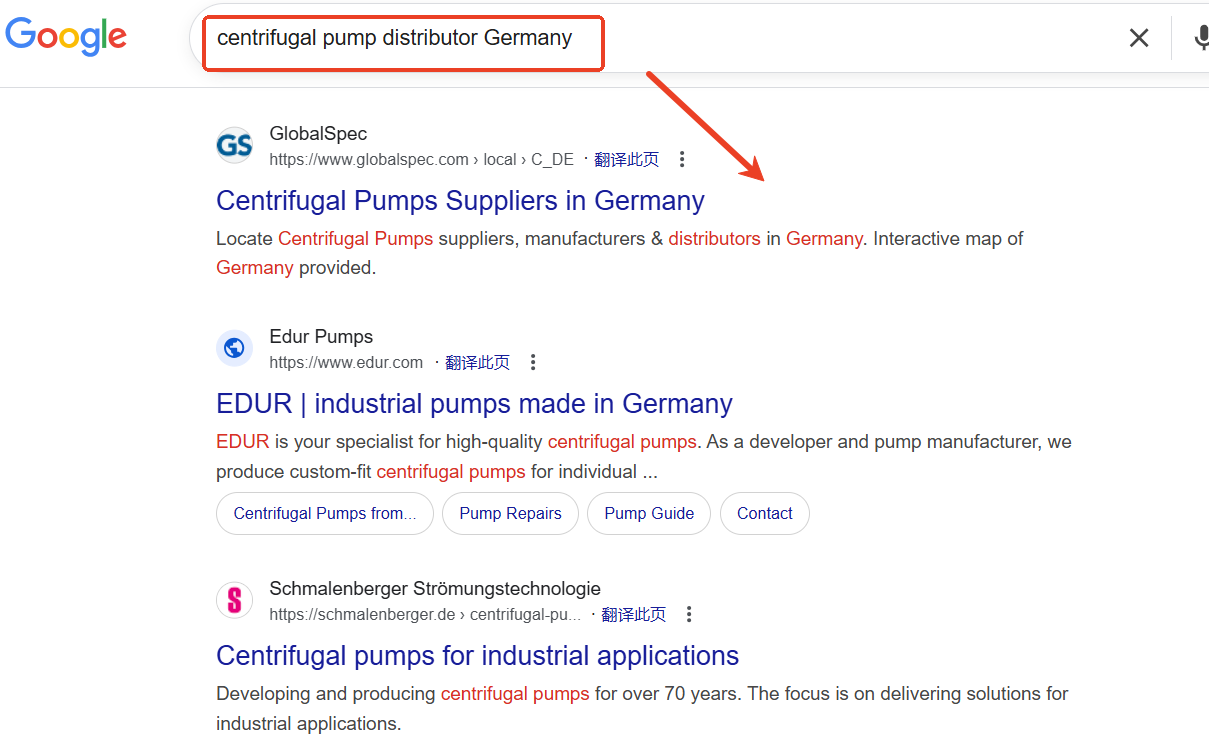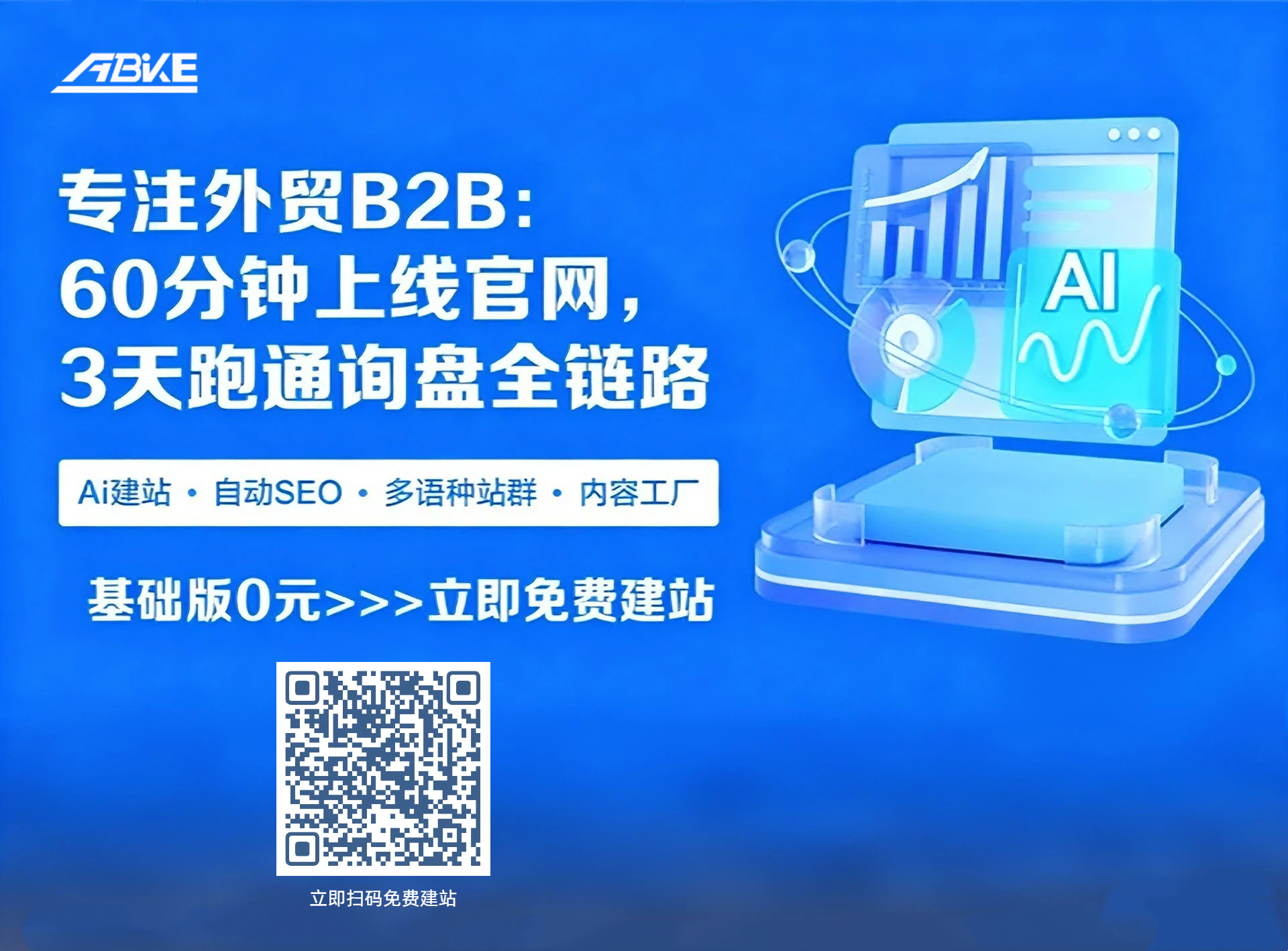.png?x-oss-process=image/resize,h_1000,m_lfit/format,webp)
After working in foreign trade for a long time, you'll discover a fact—
Customer acquisition is always the main focus, but "how to acquire customers" is constantly evolving.
Ten years ago, I relied on trade shows, yellow pages, and mass emails to get orders;
Later, they relied on Google and LinkedIn;
It's now a multi-channel approach.
During that time, I tried dozens of foreign trade customer acquisition software programs: some really improved efficiency, some were a complete waste of time, and some required a combination of methods to achieve the desired effect.
Below, I will break down and explain several common issues based on my real-world experience. Recommended reading: 200 orders in 3 months! Foreign trade novices can easily expand into global markets with this tool!
I roughly divide foreign trade customer acquisition software into three categories:
Examples include corporate information databases, customs data, and company search tools.
This type of software serves only two purposes:
Save you time finding companies
Let you see the basic information about the company
But don't expect to automatically generate orders just by having data. Data is merely a "map"; what truly drives sales is:
Can you determine if the other party is your target customer?
Can we find the purchasing agent's email address/LinkedIn profile?
Can you write a sales email that people will be willing to reply to?
Can you keep following up until the other party truly needs you?
I've used quite a few software programs, but in the last two years, I've started to prefer tools that integrate search, filtering, and business insights , such as integrated search platforms like ABK. The reason is simple—
Previously, I had to open three or four websites to find the information, but now one search is enough, which is indeed more efficient.
But as I said before: software is a tool, methods are a skill.
This type of software is highly dependent on the user's skill level.
For example, some tools that support Google deep search, social media reverse lookup, and site information extraction, if used well, can quickly locate competitors' customers, distributors, or key purchasing personnel in an unfamiliar industry.
When I first started using these tools, I had no idea that I should search by "country + industry + application scenario," which was extremely inefficient. Later, after I understood the search logic, I once found the email address of the technical head of a top German OEM in 30 minutes and directly secured a $180,000 order.
The same software, used by different people, can produce results that differ by a factor of 10.
for example:
Bulk emails
LinkedIn mass outreach
Automatic script writing
CRM Follow-up Reminders
Website Automated Inquiry Distribution
In my personal opinion:
This type of software is useful for companies with a fixed customer acquisition process.
For junior sales staff who are new to the industry, it's easy to accidentally damage accounts, emails, or even the brand image.
If your content is bad, automation will make more people block you faster.
Software should always be an efficiency tool, not a transaction tool .
The following are the channels I've been using consistently from 2023 to 2025 that have consistently generated inquiries. Based on effectiveness and stability, this is the most accurate ranking:
Core advantages: Precision, high quality, and low cost.
I've been doing Google development for ten years, and it remains my most stable source of inquiries. Related reading: 2025 Google Search Commands + SEO: Quickly and Accurately Find Major Overseas Clients (with a complete list of commands and a guide to avoiding pitfalls)!
The key lies not in the tools, but in the search logic :
Key words + application scenarios
Core words + country
Competitor brands + distributors
Product Name + Importer
Product Name + Tender/Bidding/Project
For example, if someone makes pumps and valves, I would search for:
“centrifugal pump distributor Germany”
“water treatment EPC Malaysia”
“butterfly valve project bidding Saudi Arabia”

Now I usually use an integrated search tool, such as ABker's global search , to find company websites, email addresses, and LinkedIn profiles, getting procurement leads all at once. It's much faster than typing a bunch of search terms myself.
But as I always say: search capabilities are more important than software .
Websites are "24-hour sales representatives" for foreign trade professionals.
My biggest takeaway from the past two years, 2024 and 2025, is:
Independent websites are no longer an option, but a standard requirement. Related reading: What is an independent website? What does an independent website entail? How to create an independent website?
However, note that not all websites can generate inquiries. To generate inquiries, you must:
Fast speed (opens globally within 3 seconds)
The product page is extremely detailed.
Case studies/certifications/factory strength
Blog traffic generation (even more important in the AI search era)
Reasonable SEO structure
There are traceable form and email configurations.
My self-maintained independent website now consistently receives 40-60 organic inquiries per month, all thanks to targeted visitors brought in by SEO and Google search.
For website building, I used ABker's intelligent website building system . The reason is actually very simple: I didn't want to mess around with WordPress plugins and servers anymore, which is very time-consuming; the modules it provides are more suitable for foreign trade, and the SEO structure is also relatively clean, which saved me a lot of effort.

Don't treat LinkedIn like a social network; it's a professional platform for showcasing your talents .
I don't get many inquiries from LinkedIn right now, but the quality is very high because:
People who see you are usually professionals in the industry.
They will only reply when they have a specific need.
They reacted more strongly to factory background/technical articles.
The most effective approach is:
One professional article updated weekly.
Showcase examples and on-site photos
Don't add friends in a "harassing" way, interact first.
Use tools to find related companies (such as ABker's global search).
LinkedIn is a platform that serves as a "starter," meaning the more professional you are, the more targeted the people who will seek you out. Related reading: How to build an effective business network on LinkedIn and find highly targeted international trade clients?
It's not about "fire," it's about trust .
I work with mechanical products. I record short videos of the equipment startup, testing, packaging, and shipping processes. The result:
The shipping video has been saved by multiple customers.
Many inquiries come in because "you look like a real factory."
Extremely cost-effective (less than 50 yuan per video).
Videos are not scripts; authentic footage is more effective than heavily edited videos.
Customs data is useful, but not suitable for beginners.
Because you need to have:
The ability to determine procurement patterns
The ability to assess supplier structure
The ability to proactively develop after obtaining data
I usually use customs data to verify the purchase volume and cycle of major clients, rather than directly sending emails with it.
I will only consider it as:
New product testing channels
Low-cost customer acquisition supplementary channels
But we won't become dependent on it.
Many friends who are new to foreign trade ask me:
"With limited funds, what's the most cost-effective way to acquire customers?"
I'll directly provide a low-budget priority plan :
✔ Google proactively develops (lowest cost)
✔ LinkedIn Personal Account
✔ Real-life videos on YouTube/TikTok
✔ Free enterprise database + search tool
This type of method has very low costs; the main investment is:
time
Search capabilities
Content capabilities
But it can bring in the most direct inquiries.
✔ Independent website + SEO (long-term but stable)
Even with a limited budget, it is recommended to have at least a basic version of an international trade website.
A sustainable and repeatable revenue stream is better than constantly buying advertising.
My current website is built with basic SEO, product categorization, and case studies, and I let it grow naturally on its own.
A tool-based website builder like ABK is sufficient; don't pursue anything too fancy.
✔ Customs data
✔ B2B Platform
✔ Automated Emails
These are "amplifiers," but they are not suitable for beginners.
Software helps you find direction, but it doesn't help you close deals.
If you don't demonstrate your capabilities, customers won't pay attention to you.
Foreign trade deals are not closed with the first email, but with continuous outreach.
What truly increases conversion rates is always the combination of product, content, and methodology .
Foreign trade customer acquisition software is not a miracle cure, but an efficiency tool.
True customer acquisition capability comes from "method + execution".
The most effective and robust online customer acquisition path as of 2025 is:
Google proactive development → Independent website → LinkedIn → Video content → (Optional) Customs data
When the budget is limited, the priorities are:
Search Engine Development ≥ LinkedIn ≥ Independent Website ≥ Video Content ≥ Other Tools
As for tools, I personally value lightweight platforms that can integrate search, website building, and customer information .
For example, AB Guest is a tool I often use to check company information, create simple websites, and find contacts. It's more like a "toolbox" that saves me a lot of time searching for data.
But please remember:
Tools are just aids; your professionalism is the real key to acquiring customers.
.png?x-oss-process=image/resize,h_100,m_lfit/format,webp)
.png?x-oss-process=image/resize,h_100,m_lfit/format,webp)

.png?x-oss-process=image/resize,h_100,m_lfit/format,webp)
.png?x-oss-process=image/resize,h_100,m_lfit/format,webp)
.png?x-oss-process=image/resize,h_100,m_lfit/format,webp)
.png?x-oss-process=image/resize,h_100,m_lfit/format,webp)
